ISO 20400: Meaning, Standard and Requirements
In this article, we'll explain ISO 20400, its main components, the benefits, and how is it different from all of the ISO certifications mentioned before.
Your request has been taken into account.
An email has just been sent to you with a link to download the resource :)

The UN Ocean Treaty is a historic step towards achieving the target of protecting at least 30% of the world's oceans by 2030. A long-awaited and hard-won international agreement, the UN Ocean Treaty represents years of discussions and negotiations between UN member states.
In fact, at points, it was feared that a consensus between UN members would never be reached - with a clear divide between developed nations who fought to maintain their benefits under the freedom of the high seas principle, and developing nations who pushed for the common heritage of mankind principle. However, after compromises on both sides, in March 2023, members of the United Nations finally agreed on an international treaty to protect biodiversity in international waters.
👉 In this article we'll look at why an international treaty to protect ocean life was needed, and how the UN Ocean Treaty will achieve this.
To appreciate why the UN Ocean Treaty is such a crucial development, it's first important to understand why the Earth's oceans and seas are so important.
It's called the blue planet for a reason - oceans and seas cover more than 71% of the Earth's surface. Not only do our oceans provide food, regulate our climate, and produce most of the oxygen that we breathe, but they're also a basis for much of the world's economy, supporting sectors such as fishing, shipping, and tourism. Let's take a closer look at some of these crucial functions in a bit more detail:
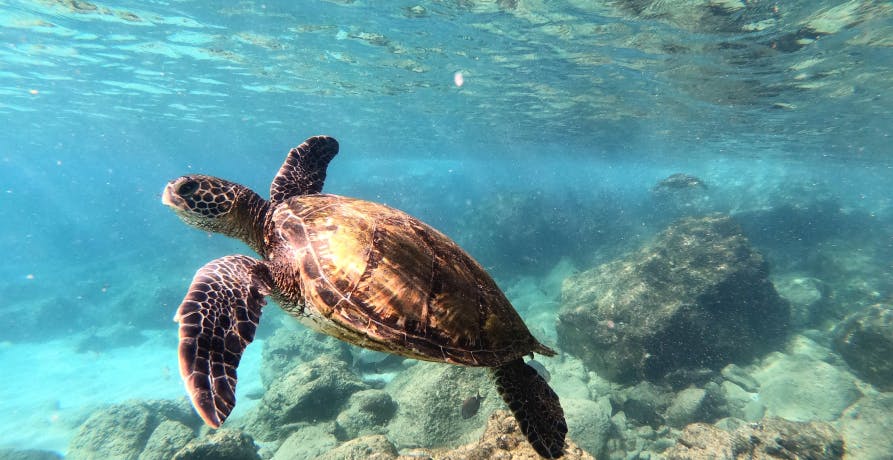
The Earth's oceans absorb as much as 30% of all carbon emissions, and are the world's largest carbon sinks, helping to prevent rising levels of CO2 from entering our atmosphere and further warming the planet. Not only this, the Earth's oceans also crucially produce as much as 50% of the oxygen needed for us to survive. Our oceans and seas therefore not only help to combat climate change but also act as the lungs of our planet.
Another great feat that our oceans perform is that they absorb more than 90% of excess heat in the atmosphere which helps to regulate temperatures on land. Without the ocean's cooling effect, the world would be a lot hotter than it is today.
The ocean provides the Earth's growing population with 15% of the animal protein we eat and in many developed countries seafood is the primary source of protein. This is why sustainable fishing practices and protecting the ocean's biodiversity are so important. Under current fishing practices, more than 10 million tons of fish are wasted every year, and UNESCO predicts that over 50% of the world's marine species may face extinction by the end of the century if we don't do something to prevent this from happening.
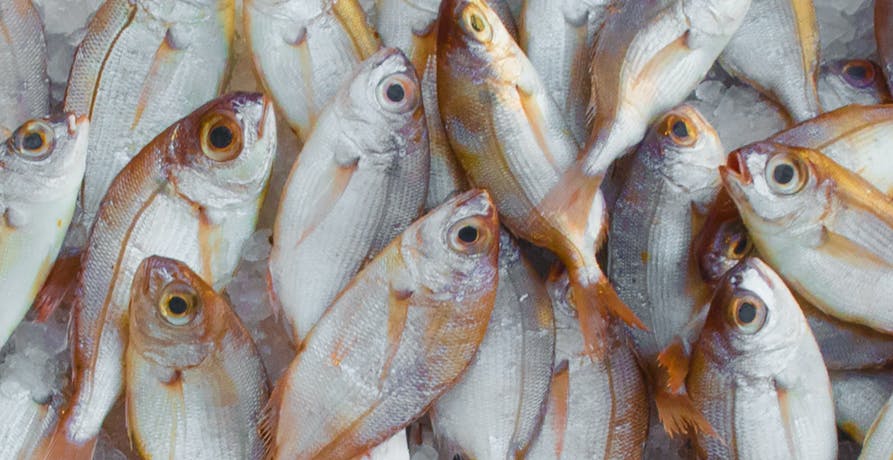
Nearly 3 billion people - almost 50% of the world's population - rely on our oceans and seas for their livelihood. Worryingly, over 60% of the marine ecosystems that form the basis of these livelihoods are being exploited in unsustainable ways, with some even being destroyed.
On top of this, plastic pollution is entering our marine ecosystems at increasingly high levels - over 11 million tons of plastic a year - this costs the global economy an estimated $13 billion USD in clean-up costs and losses to fisheries and other marine-based industries.
Our oceans and seas represent a significant economic asset. Ocean economies are some of the most quickly growing, with a value of $3 trillion USD a year (ie. 5% of global GDP). Oceans are particularly important for developing countries, as it helps them to attract foreign investment, and to grow their industries.
Oceans are also important to countries that rely on them for tourism - 80% of tourism is linked to water bodies such as oceans and the sea, and this sector sees a growth of $134 billion USD every year. With rising oceans and coral bleaching, oceanfront communities are at increasing risk of displacement and loss of income.
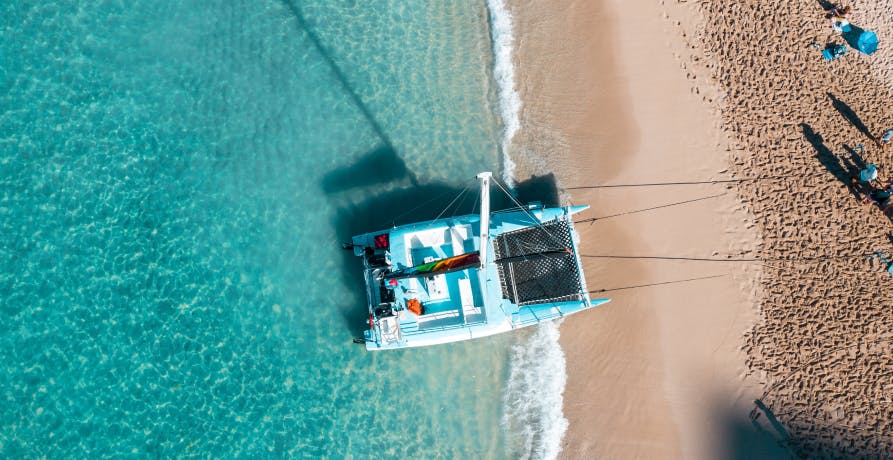
The ocean is essential to human survival, regulating our climate and providing a vital source of food and livelihood. Its ability to absorb greenhouse gases helps mitigate climate change, while its vast biodiversity is crucial for food security and economic stability. However, the health of our oceans is under severe threat from pollution, overfishing, and climate change impacts, jeopardizing these critical benefits. Protecting the ocean is not only an environmental imperative but also a necessity for human survival, emphasizing the urgent need for sustainable management and conservation efforts.
Despite the crucial role of our oceans and seas, they are facing a grave threat as a result of human activity: climate change is damaging and destroying coral reefs and other important marine ecosystems; global fish stocks are in decline due to overfishing; over 11 million tonnes of plastic waste is dumped into our oceans every year; pollution is creating in ‘dead zones' in which no creatures can survive; and almost 80% of wastewater is discharged without treatment. These issues threaten the survival of our oceans and seas and must be addressed as a matter of urgency.
Part of the problem comes from the lack of regulation of our oceans. Countries have jurisdiction over their immediate coastal waters - up to 230 miles from the shoreline - however, after this point, the high seas are largely left as an open free-for-all all. There's very little to stop them from being exploited, in fact, 43% of our oceans are vulnerable to overfishing practices, unregulated deep-sea drilling, and bioprospecting (ie. the practice of searching for plant and animal species for the purpose of creating medicinal drugs, biochemicals or other commercially valuable material).
Thankfully, the issue has been recognized by a majority of countries, and under the auspices of the UN Convention on the Law of the Sea, these countries worked towards establishing robust legal protection for the world's oceans.
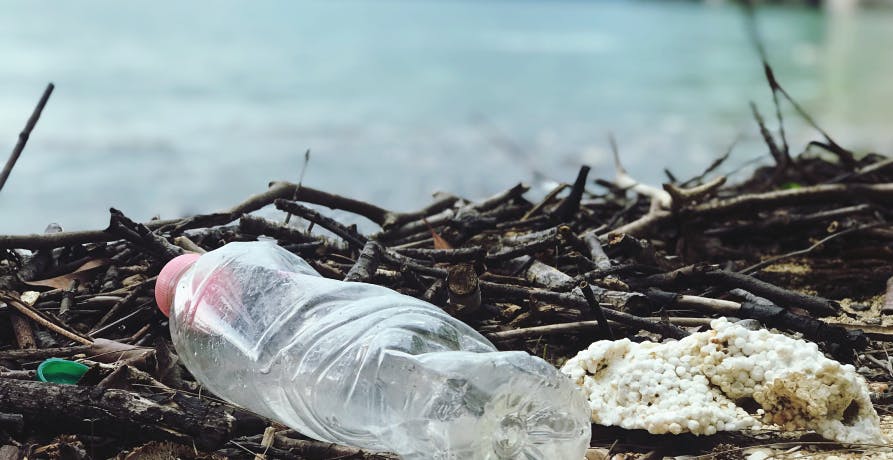
Although there was a consensus amongst nations that some kind of legal protection was needed to safeguard the future of our oceans and seas and to provide tools to create marine protected areas, agreement on the wide-ranging issues was hard fought. Discussions started nearly two decades ago, and negotiations at the UN Headquarters in New York spanned from 2018 to 2023, taking place over six meetings, lasting two weeks at a time.
Each of the previous five attempts to reach an agreement fell through as leaders failed to agree on how to fairly distribute benefits from marine life, establish protected areas, or agree on a process for environmental impact assessments.
Many lay blame on countries within the High Ambition Coalition (of which there are 51 members including the UK, Norway, Germany, Switzerland, and France) alongside the US and Canada. The High Ambition Coalition (HAC) for Nature and People is an intergovernmental group that champions a global deal to halt the loss of species and protect our ecosystems, therefore, you'd think that they would be strong proponents of an effective treaty to protect the ocean. However, countries within the HAC, alongside the US and Canada, were accused of greed and prioritizing hypothetical future profits from marine genetics resources over the need to protect our oceans. This led to negotiations reaching a stalemate after the fifth UN Treaty Talks in 2022, leading many to fear that an agreement would never be reached.
Throughout negotiations there was a clear divide between developing countries who argued that the high seas were the ‘common heritage of mankind', and developed nations (including the UK, the US, and most EU states) who favored the freedom of the high seas principle which would, for the most part, allow countries to do as they pleased. It was only by negotiating a compromise between the two positions that it was possible for a consensus to be reached by the countries. The final text incorporates the common heritage of mankind principle while also maintaining “the freedom of marine scientific research, together with other freedoms of the high seas”.
On Saturday 4th March 2023, after almost two decades of discussions, UN member states finally agreed on a treaty to protect the Earth's oceans. The treaty will complement the United Nations Convention on the Law of the Sea (UNCLOS), which provides a legal framework, governing human activities in the oceans, as well as the work of the International Seabed Authority, established under the convention.
The UN Ocean Treaty, also known as the UN High Seas Treaty is a historic deal to protect international waters. After many long years of discussion, followed by years of tense negotiations, UN member states have finally agreed on a legal framework that will conserve parts of the high seas, outside their maritime boundaries.
The agreement, titled the ‘Agreement under the United Nations Convention on the Law of the Sea on the conservation and sustainable use of maritime biological diversity of areas beyond national jurisdiction' was formally adopted in June 2023 and aims to “ensure the conservation and sustainable use of marine biological diversity”.
In addition to this primary focus, it also recognizes “the need to address, in a coherent and cooperative manner, biodiversity loss and degradation of ecosystems of the ocean, due to, in particular, climate change impacts on marine ecosystems, such as warming and ocean deoxygenation, as well as ocean acidification, pollution, including plastic pollution and unsustainable use.”
So, how does the global ocean treaty purport to achieve these goals? We've laid out some of the most important features of the treaty in more detail below.
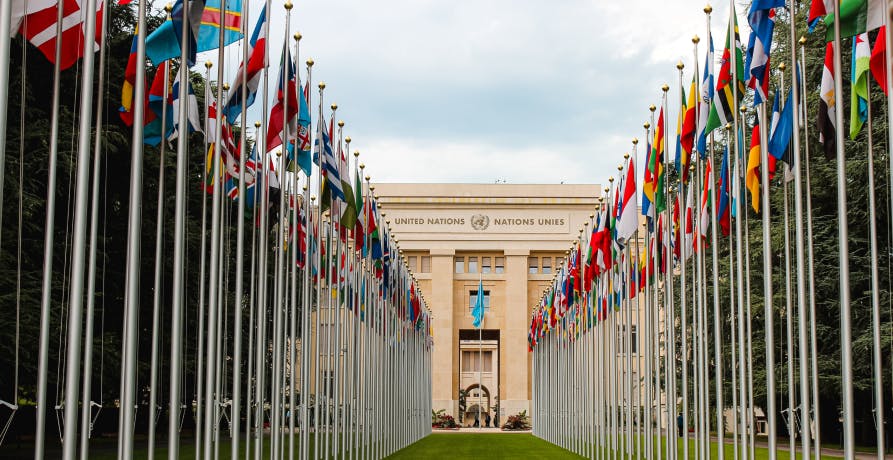
Under traditional principles of international law, our oceans have been subject to the freedom of the high seas principle, which means that essentially the high seas are open to all nations. However, this free-for-all access has meant that our oceans have become over-fished, a dumping ground for excess waste, and over-exploited for oil and other resources. With no limits on unsustainable use and no commitments to conserving marine biodiversity, our oceans and seas have been exploited without repercussions for too long.
The treaty endeavors to address this. It contains the ‘common heritage of humankind' principle, which views our oceans and their ecosystems as a vital and complex ecological system that belongs to mankind - both present and future generations. By including this principle in the UN Ocean treaty, signatories will bear a responsibility to act in the interests of mankind when it comes to their use of the high seas and its resources.
Many countries, including the EU, have been criticized for trying to omit this principle from the text, but thankfully a compromise was reached. The principle of the common heritage of humankind now sits on an equal footing with the freedom of marine scientific research, together with other freedoms of the high sea.
A pivotal component of the treaty is the creation of a strategic roadmap for establishing Marine Protected Areas, often described as the 'national parks of the sea' or 'ocean sanctuaries'. This measure underscores the treaty's commitment to the long-term conservation of marine biodiversity. What this means in effect is that in about 30% of the world's oceans, problematic human activities such as drilling for oil or commercial fishing could be either limited or completely prohibited.
This initiative aligns with the ambitious 30x30 target set forth by the International Union for Conservation of Nature (IUCN) in 2016, which advocates for designating 30% of each marine habitat as highly protected Marine Protected Areas (MPAs). The overarching goal is to safeguard 30% of the Earth's oceans by 2030, protecting nature and enhancing the resilience of marine ecosystems to climate change effects. This target has been embraced by 190 countries worldwide as part of their national conservation strategies, as well as by various international organizations. Most recently, the 30x30 target to protect 30% of the planet’s land and water by 2030 was ratified at the Convention on Biological Diversity’s 15th Conference of the Parties (COP15) in December 2022, with key participants including the EU and G7 nations.
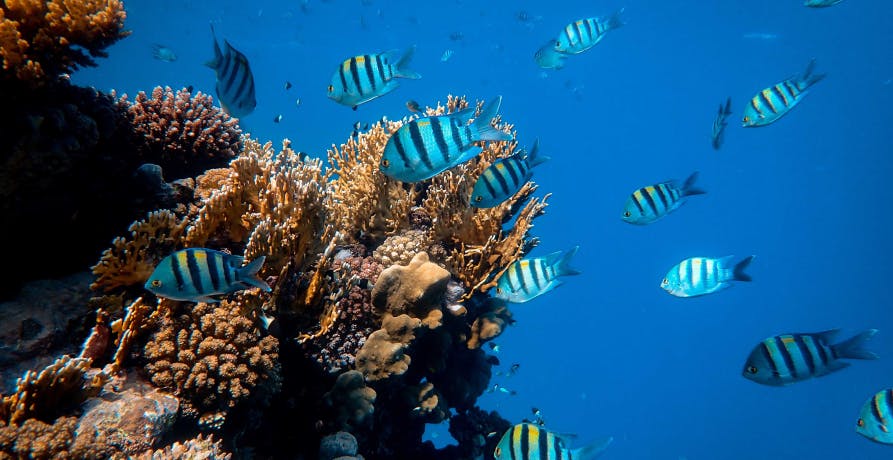
The adoption of this principle in the UN Ocean Treaty places responsibility on polluters to take responsibility for their pollution, meaning they must manage and bear any costs of actions resulting in pollution. This "polluter pays" concept shifts the financial burden of environmental damage to those who cause it, aiming to deter such damages by making pollution costly for the perpetrators. Ultimately, it prevents the costs of pollution cleanup from falling on society at large, ensuring that polluters are held accountable for their environmental impact.
Marine genetic resources encompass the genetic material from marine plants, animals, and microorganisms that are valued for their unique genetic and biochemical properties. These genetic resources can be used for a variety of different applications - for example, pharmaceuticals, cosmetics, food, industrial processes, and scientific research. Reaching an agreement on the access and benefit sharing of marine genetic resources and eventual profits was a major sticking point in previous negotiations on the UN Ocean Treaty, with developing nations fighting for fair and equitable sharing.
The new treaty not only establishes obligations for safeguarding the marine environment, it also protects the freedom of scientific research in our oceans. Countries have agreed to establish a comprehensive benefit-sharing mechanism that covers various aspects including access to marine samples and digital sequence information, sharing of scientific data, collaboration in technical fields, and the transfer of marine technology and capacity-building initiatives. The details on the sharing of financial benefits are also laid out in the UN Ocean Treaty under the section on financial mechanisms.

The new UN Ocean Treaty mandates that environmental impact assessments must be carried out before any new exploitation of marine resources takes place beyond national maritime boundaries.
The UN Ocean Treaty contains 13 articles that set out the guidelines and standards for how EIAs will be carried out, monitored, and reviewed. Environmental impact assessments on commercial activities in our oceans will also take into consideration the cumulative impact of the activity, as well as the combined or incremental impact of different activities.
It's crucial to understand that the UN Ocean Treaty’s primary focus is on ocean protection, rather than making Earth’s oceans inaccessible. The treaty aims to safeguard marine environments by promoting a precautionary approach to the use of maritime resources, ensuring their responsible and sustainable management.
The UN Ocean Treaty marks a historic and significant milestone in the protection and preservation of Earth's oceans. It introduces a new level of protection for our marine ecosystems and embodies a global consensus and commitment to safeguarding the future of our oceans.
However, the battle is not over. It is now up to the individual countries to adopt the treaty provisions into domestic law. And history has shown us that international treaties are not always readily translated into reality - the US for example is still to ratify the UN Convention on the Law of the Sea even though it was signed over 40 years ago!
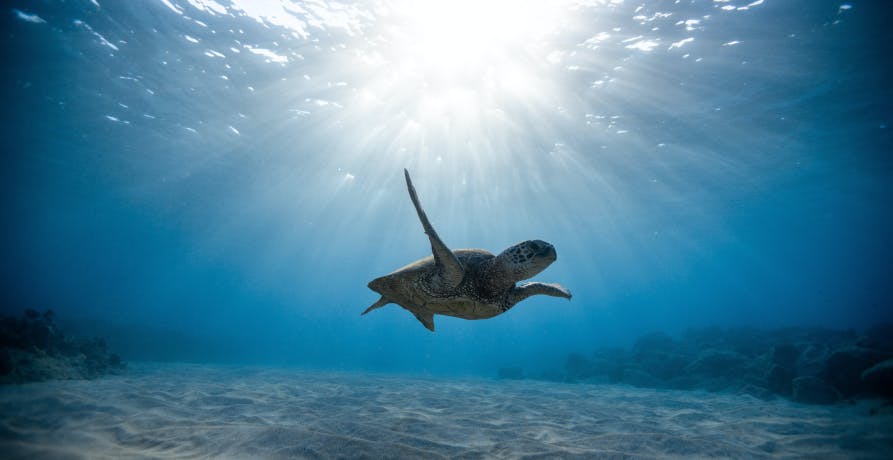
At Greenly we can help you to assess your company’s carbon footprint, and then give you the tools you need to cut down on emissions. Why not request a free demo with one of our experts - no obligation or commitment required.
If you enjoyed this article, check out our legislation tracker to discover what frameworks, regulations and guidelines apply to your business and industry.


We send green news once a month (or more if you find the things we write about interesting)